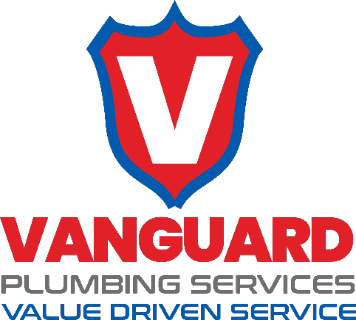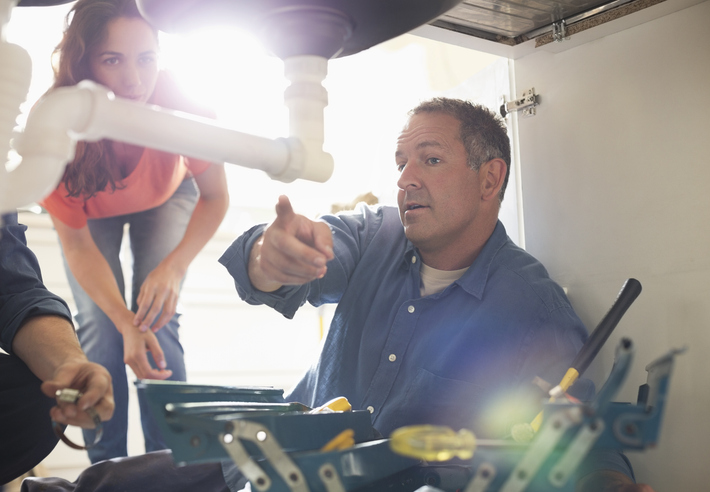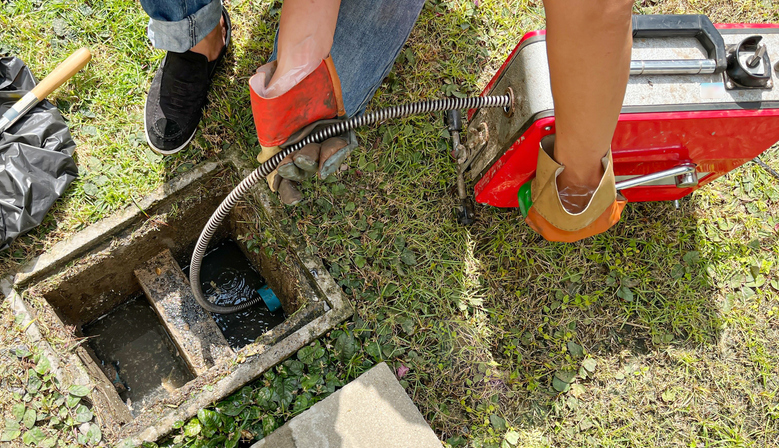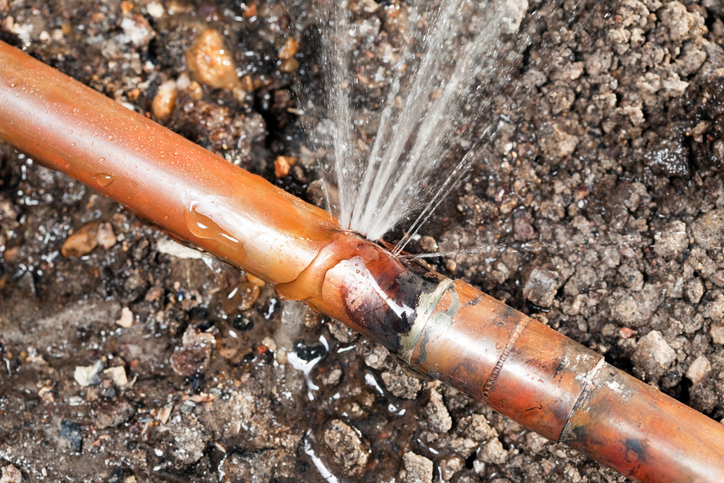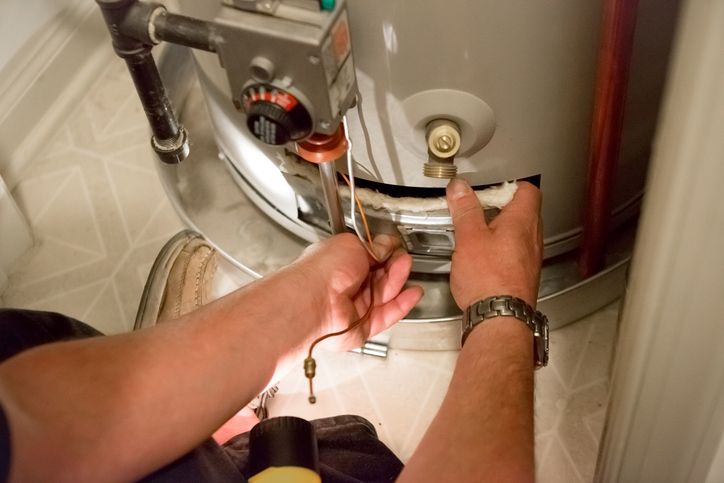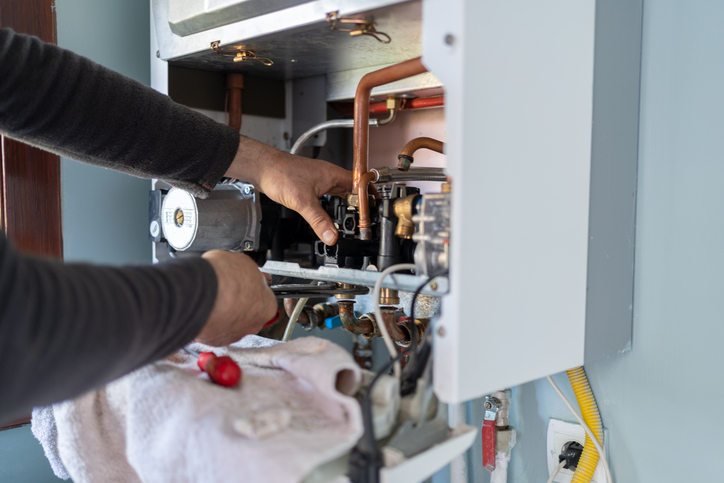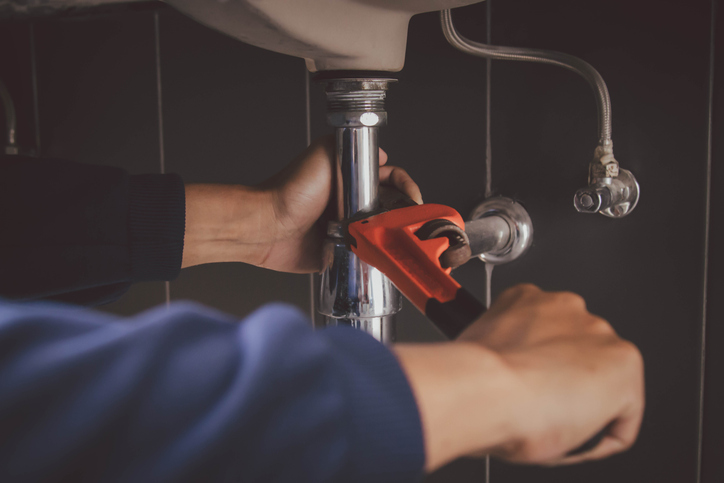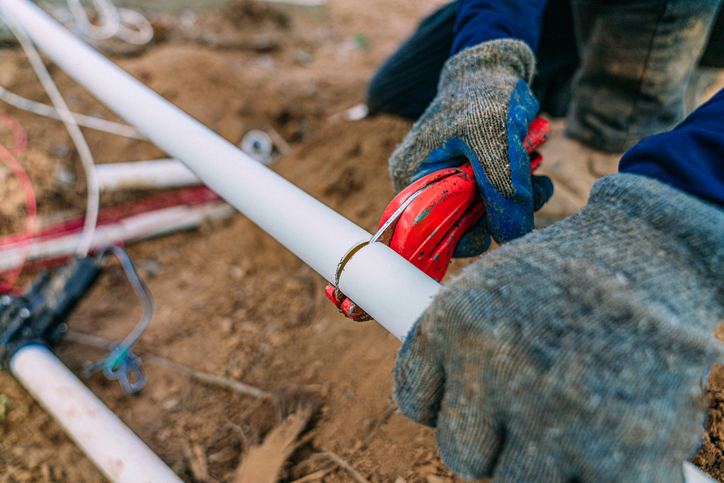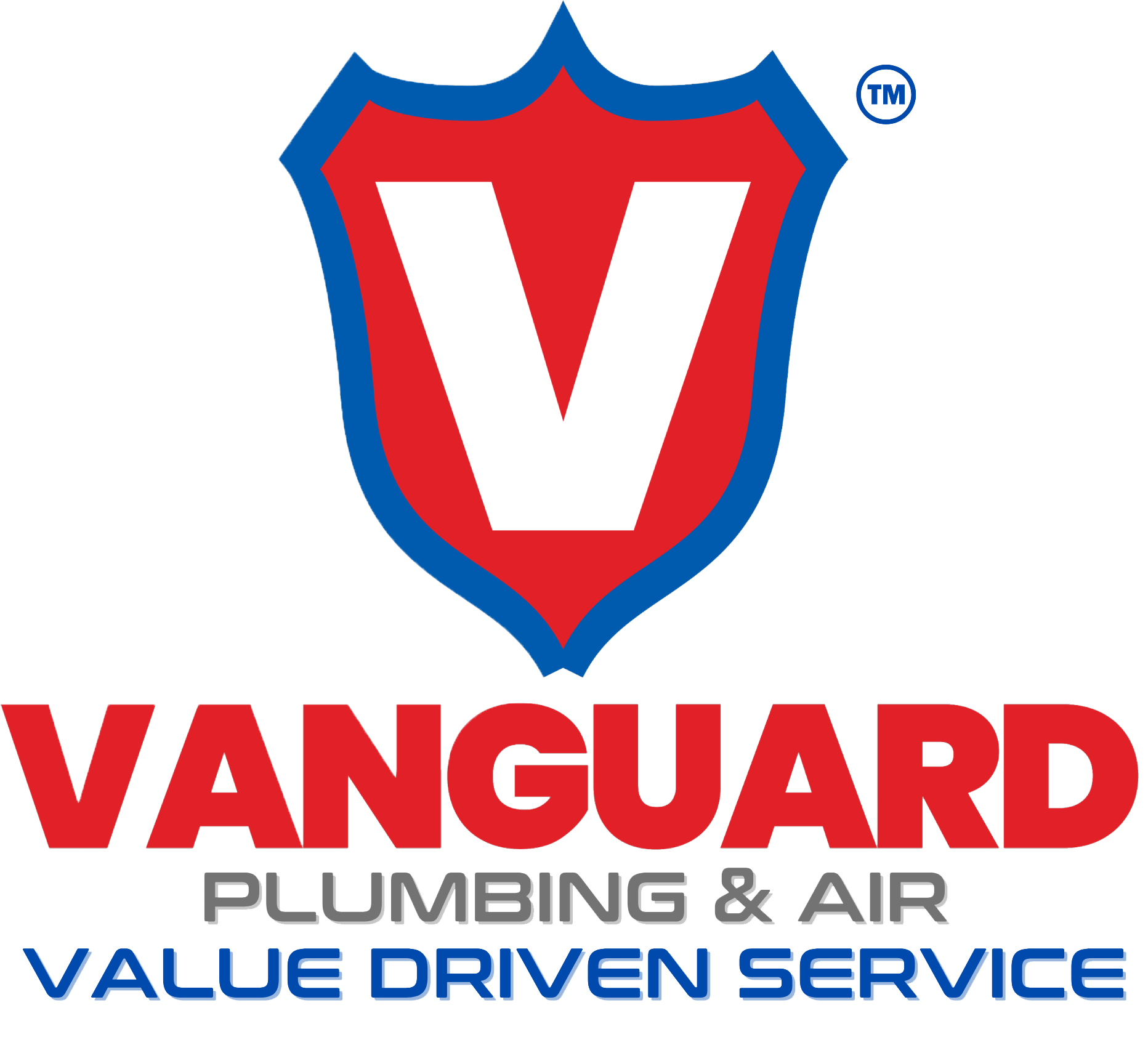Plumbing problems are not always visible and can often go unnoticed until they become serious issues. Hidden plumbing repair issues, such as leaks behind walls or under floors, can cause significant damage and lead to expensive repairs if left untreated. Identifying and addressing these problems early can save you time and money and prevent further damage. This guide will provide you with practical tips to detect and fix hidden plumbing issues in your home.
1. Signs of Hidden Plumbing Issues
Detecting hidden plumbing problems requires vigilance and attention to subtle signs. Here are common indicators that may suggest you have hidden plumbing issues:
– Unexplained Water Stains: Water stains on walls, ceilings, or floors can indicate leaks behind surfaces. Look for discoloration or bubbling paint, which may signal a hidden leak.
– Mold and Mildew: The presence of mold or mildew in areas with high humidity or dampness, such as basements or under sinks, can suggest a hidden plumbing issue.
– Unusual Sounds: Listen for unusual sounds like dripping, gurgling, or running water when no fixtures are in use. These noises can be a sign of hidden leaks or blockages.
– Increased Water Bills: A sudden increase in your water bill without any change in usage can indicate a hidden leak or plumbing problem.
2. Tools and Techniques for Detecting Hidden Leaks
Once you suspect a hidden plumbing issue, using the right tools and techniques can help you locate the problem accurately:
– Moisture Meters: These devices measure the moisture levels in walls, floors, and ceilings, helping you identify areas of excessive dampness that could be due to leaks.
– Infrared Cameras: Infrared cameras can detect temperature variations in pipes and walls, making it easier to locate hidden leaks and moisture issues.
– Pipe Inspection Cameras: These cameras can be inserted into pipes to provide a visual inspection of the interior, helping to identify blockages, leaks, or corrosion.
– Pressure Testing: By pressurizing the plumbing system, you can identify leaks based on pressure drops, which can reveal hidden issues in pipes.
3. Common Hidden Plumbing Issues and How to Fix Them
Understanding the types of hidden plumbing issues you might encounter and how to address them is crucial:
– Hidden Leaks: Leaks behind walls or under floors can cause significant damage. To fix hidden leaks, first locate the source of the leak using the tools mentioned earlier. Once identified, cut into the wall or floor to access the pipes, repair the damaged section, and replace any affected insulation or drywall.
– Slab Leaks: Slab leaks occur in pipes located under a concrete slab foundation. These leaks can be challenging to detect but may cause damp spots on floors or warm areas. Repairing slab leaks often requires professional help to locate and fix the pipe without damaging the foundation.
– Clogged Pipes: Hidden clogs can cause slow drainage and backups. Use a pipe snake or auger to clear clogs from inaccessible areas. For persistent issues, consider professional drain cleaning services.
– Corroded Pipes: Corrosion can lead to leaks and pipe damage. If you detect corrosion, you may need to replace affected pipes. For replacements, it’s essential to use materials resistant to corrosion, such as PEX or copper.
4. Preventive Measures to Avoid Hidden Plumbing Issues
Preventing hidden plumbing problems can save you from costly repairs and extensive damage:
– Regular Inspections: Schedule regular plumbing inspections with a professional to detect potential issues before they become significant problems. Inspecting your plumbing system annually can help identify hidden leaks and other issues early.
– Maintain Proper Insulation: Insulate uncovered pipes, especially those in unheated spaces like attics and basements, to control freezing and potential leaks.
– Monitor Water Pressure: High water pressure can weaken pipes and cause leaks. Install a pressure regulator if needed and monitor water pressure regularly to ensure it stays within safe levels.
– Be Cautious with Drain Usage: Avoid putting grease, large food particles, or non-flushable items down the drains. Use drain strainers to catch debris and prevent clogs that can lead to hidden issues.
5. When to Call a Professional
While some hidden plumbing issues can be addressed with DIY methods, certain conditions require professional expertise:
– Complex Leaks: If you suspect a complex or severe leak, such as a slab leak or major pipe damage, it’s best to consult a professional plumber for accurate diagnosis and repair.
– Extensive Water Damage: If hidden plumbing issues have caused significant water damage, a professional can help assess the extent of the damage and provide restoration services.
– Lack of Tools or Expertise: If you lack the necessary tools or experience to handle hidden plumbing issues safely, hiring a professional plumber ensures the job is done correctly and efficiently.
Identifying and fixing hidden plumbing repair issues is essential for maintaining the integrity of your home and avoiding costly repairs. By being vigilant for signs of plumbing problems, using the right tools, and understanding common issues, you can address hidden problems before they escalate. Implementing preventive measures and knowing when to seek professional help will further protect your home from plumbing disasters. Regular maintenance and prompt attention to plumbing issues can save you time and money and ensure a safe and functional plumbing system in your home.
Don’t let hidden plumbing issues cause costly damage! Contact Vanguard Plumbing & Air for expert plumbing repair. Connect with our professionals at 863-271-7988 today to identify and fix hidden problems efficiently!

